Edged weapons

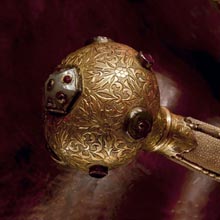
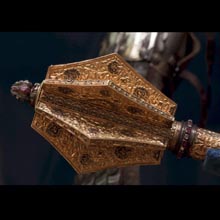
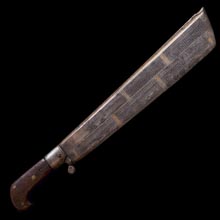
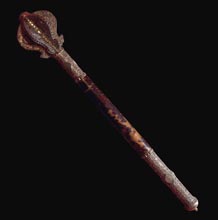

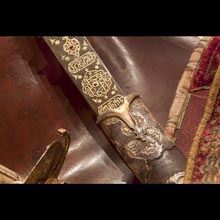
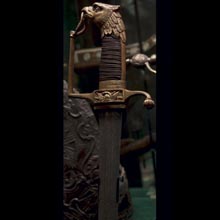
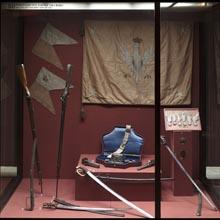
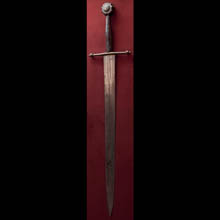
The collection of Polish and European weapons belonging to the National Museum in Krakow includes nearly five hundred examples of historical swords, sabres, karabelas, rapiers, épées, cutlasses and bayonets. The oldest are Celtic and Roman swords from the Bronze Age and early medieval swords found in the territory of Poland, including finds from Reczyn and from Michrów. Some unique specimens include executioners’ swords from the fifteenth to the seventeenth centuries, with a Cracovian example from the fifteenth century that is said to have been used to behead famed Polish rebel Samuel Zborowski. The most valuable items in the collection are thought to be the exceptionally rare Polish sabres and karabelas dating from the sixteenth to the twentieth centuries. Among them there is a set of seventeenth century Hungarian-Polish and Hussar sabres, the famed Zygmuntówka and Batorówka types, eighteenth and nineteenth-century karabelas worn with national costumes, and sabres used in the uprisings for national independence and in the Polish Legions, as well as commemorative swords dedicated to important national events. Inestimable in value are the sabres that were once the property of distinguished historical figures, such as Stanisław Chomentowski’s commemorative sabre from the 1713 mission to Turkey, the sabre of General Piotr Jaźwinski, which he used in the Kosciuszko insurrection, and the commemorative sabres of General Jan Skrzynecki from the period of the November Insurrection and his service in the Belgian army, as well as the sabre of General Henryk Dembiński from the Lithuanian expedition in May 1831. Among the Polish épées in the collection, the most valuable are those connected with well-known historical figures – Generals Franciszek Paszkowski, Józef Chłopicki and Jan Skrzynecki. Some of the more valuable Cracovian items are the karabelas and sabres from the workshop of Ignacy Höfelmajer, the 19th century swordsmith and gunsmith who had his shop in the Sukiennice. The weaponry of other European countries is represented by such exhibits as the extensive collection of rapiers, parrying daggers, Venetian schiavonas, and Scottish backswords and épées . There are also numerous hunting weapons, including cutlasses and knives – with an extraordinarily valuable cleaver with hilt, on which the calendar for 1528 is etched. The collection is completed by a small set of bayonets. The rich collection of polearms and impact weapons is made up of halberds, pikes, spontoons, partisans, and magnificent Polish maces, both for battle and for ceremonial purposes, standing out among which is a unique pure gold mace which once belonged to hetman Stanislaw Jabłonowski.
Piotr Wilkosz












